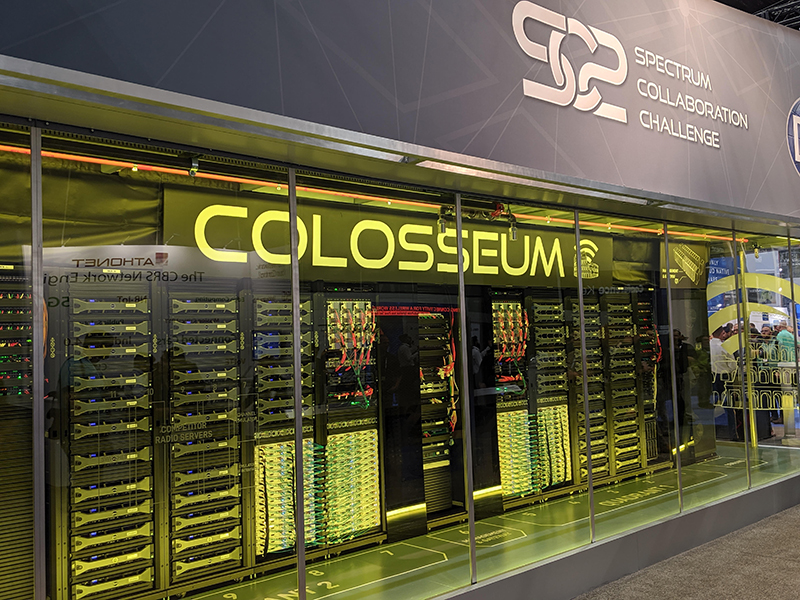There is something about a prize that helps get things done. Ever since the Longitude Prize was announced in 1714, organizations have used open competitions to encourage thinking outside the box. Unlike grants or contracts, competitions can be open to a broad spectrum of competitors, encouraging open exploration.
Despite opposition by many supporting the status quo involving astronomical approaches, the Longitude Prize was eventually won by John Harrison, a working-class joiner with little formal education. Harrison significantly enhanced time-keeping accuracy to a point where it could be used in the harsh environments found on ships at sea. His approach saved the lives of countless mariners. Since then, prize competitions have been created to help advance a wide range of technologies, from transatlantic flight, to oil recovery in the oceans and autonomous navigation.
The Defense Advanced Research Projects Agency, or DARPA, was created during the dawn of the space race. It’s funded numerous competitions, many, but not all, related to aerospace and defense related technologies. Three years ago, it announced its latest competition, the Spectrum Collaboration Challenge (SC2) in response to the problem of wireless spectrum clutter and the continuous growing demand for wireless services. Spectrum sharing today is accomplished through human allocation of blocks. These blocks, or bands, are separated by frequency and geography but fixed in time and protected by government regulations. It can take years for users and regulators to agree to updates and changes in the allocation of these bands, even if they are no longer in use.
The goal of SC2 was to explore Software Defined Radio (SDR) and Artificial Intelligence (AI) techniques that could allow users to share spectrum in non-conventional, but collaborative, ways. The competition was timed to culminate this week at Mobile World Congress Americas (MWCA) where the top 10 teams fought for 4M USD in prize money. The main objective of SC2 was to maximize the total number of applications (data) that could be carried over shared spectrum. A clever scoring system was developed that rewarded teams who managed to maximize their data throughput without negatively impacting other users.
By their very nature, wireless environments are variable and difficult to control. To create a fair playing field, DARPA designed and built a simulated radio environment called ‘Colosseum’. The virtual environment allowed competitors to test, evaluate and refine their algorithms in a repeatable wireless environment. It consisted of a 256 by 256 channel RF channel emulator capable of handling 52 terra bytes per second of digitized RF data. It could simulate 65,000 channels of real-time interactions among 256 wireless devices. The total system could achieve 3 Peta operations per second. On completion of SC2, the platform will become a US national research asset and made available to academic, industry, and defense communities.
The competition resulted in several non-traditional approaches being used. For example, the winner of the competition, GatorWings’, applied a foundational reinforcement learning AI technique to optimize each block of available spectrum. It’s expected that several of the technologies developed are likely to find their way into wireless products over the next 5-10 years. A recording of the event is available for viewing below.

